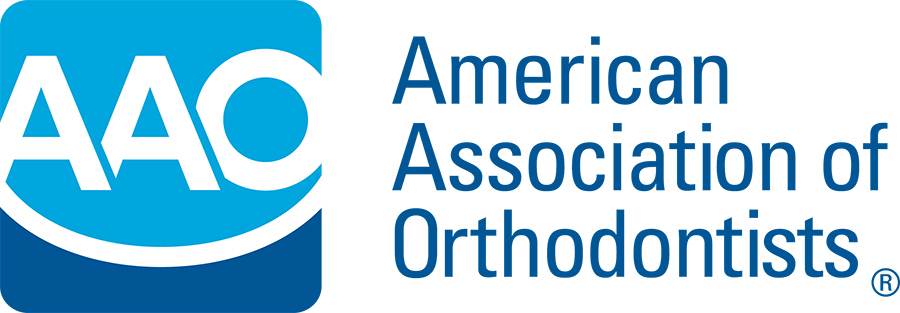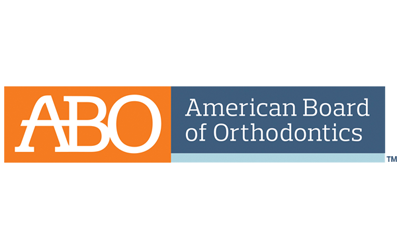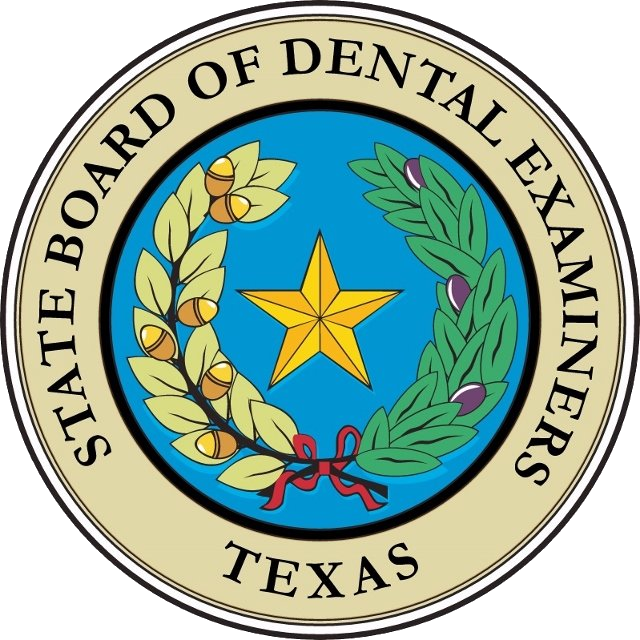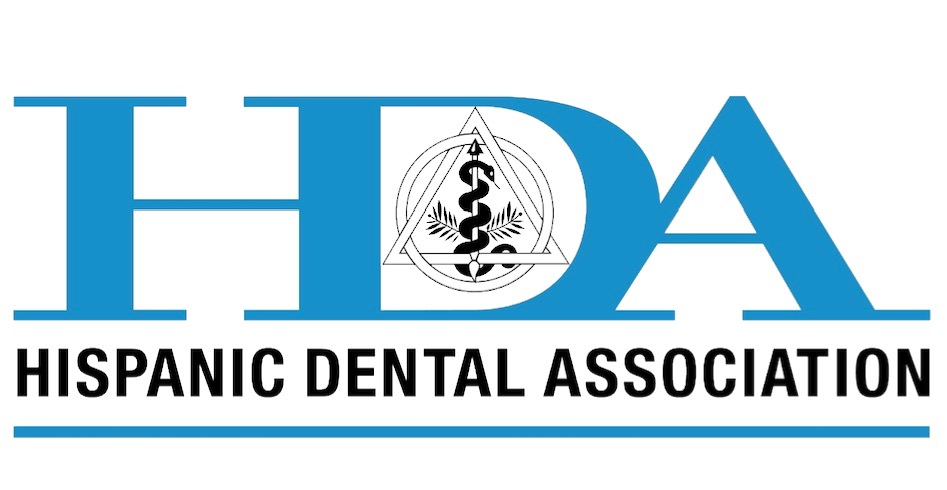Patient Education
1. Braces Food List – What NOT to eat while in Orthodontic Treatment
The glue and cement that holds your brackets and bands on your teeth are only strong enough to move your teeth and cannot withstand the forces of biting improperly and eating the wrong foods. In the video you will see examples of the foods that should be avoided while in treatment.
2. Alimentos que debes evitar cuando tienes frenos / brackets | Lo que No debes comer
El pegamento que sujeta los brackets y las bandas en los dientes solo son lo suficientemente fuertes para mover los dientes y no pueden resistir las fuerzas de morder incorrectamente y comer los alimentos inadecuados. En el video podrás ver ejemplos de los alimentos que deben evitarse durante el tratamiento.
3. What is a fixed retainer? | ¿Qué es un Retenedor fijo?
Fixed retainers prevent your teeth from moving back into the previous position. A permanent retainer is a single wire made of metal or strong fiber fixed to your teeth using a special bonding agent.
4. The importance of wearing your rubber bands | ¿Por qué es importante el uso de las ligas?
Your braces by themselves do a great job of straightening your teeth and closing spaces. But there are certain bite problems that can’t be fixed with braces alone. This is where orthodontic rubber bands come in.
5. How to put Braces Elastics/Rubber Bands (Palatal Crossbite) | Uso de Ligas (Mordida Abierta Palatal)
Your braces by themselves do a great job of straightening your teeth and closing spaces. But there are certain bite problems that can’t be fixed with braces alone. This is where orthodontic rubber bands come in.
6. How to put Braces Elastics / Rubber Bands (Open Bite) | Uso de Elásticos / Ligas (Mordida Abierta)
Your braces by themselves do a great job of straightening your teeth and closing spaces. But there are certain bite problems that can’t be fixed with braces alone. This is where orthodontic rubber bands come in.
7. How to put Braces Elastics / Rubber Bands (Class III) | Uso de Elásticos / Ligas (Clase III)
Your braces by themselves do a great job of straightening your teeth and closing spaces. But there are certain bite problems that can’t be fixed with braces alone. This is where orthodontic rubber bands come in.
8. How to put Braces Elastics / Rubber Bands (Class II) | Uso de Elásticos / Ligas (Clase II)
Your braces by themselves do a great job of straightening your teeth and closing spaces. But there are certain bite problems that can’t be fixed with braces alone. This is where orthodontic rubber bands come in.
9. How to put Braces Elastics / Rubber Bands (Open Bite) | Uso de Elásticos / Ligas (Mordida Abierta)
Your braces by themselves do a great job of straightening your teeth and closing spaces. But there are certain bite problems that can’t be fixed with braces alone. This is where orthodontic rubber bands come in.
10. Putting Braces On | Bonding Procedure | Cómo se Colocan los Brackets Paso a Paso
This is a look into the procedure of putting on braces. This will give you a good idea of what is involved when coming in for your first bonding appointment. If you have any additional questions, please call (713) 436-1241
11. What’s an RPE (Rapid Palatal Expander) and How does it work? | ¿Qué es un Expansor y Cómo Funciona?
12. How to use an electric toothbrush with braces? | ¿Cómo usar el cepillo eléctrico con frenos?
Good oral hygiene is key for a successful orthodontic treatment. The following are recommended guidelines and tools to be used in cleaning your teeth and gums:
*We recommend you to see your family dentist to have your teeth cleaned and checked at least every six months.
*Brush at least 4 times a day, preferably after meals and/or snacks. Take your time, a good brushing takes at least 5 minutes. Repeat on the lower. Rinse your mouth thoroughly after brushing.
*Flossing helps to get the food and bacteria from between the teeth. A floss threader or will help to get direct access to the gum line. We recommend that you floss at least once a day.
13. How to brush teeth with braces? | ¿Cómo cepillarse los dientes con frenos?
Good oral hygiene is key for a successful orthodontic treatment. The following are recommended guidelines and tools to be used in cleaning your teeth and gums:
*We recommend you to see your family dentist to have your teeth cleaned and checked at least every six months. *Soft Bristled toothbrush-brushing at least 4 times a day, preferably after meals and/or snacks. Take your time, a good brushing takes at least 5 minutes. Repeat on the lower. Rinse your mouth thoroughly after brushing.
*Flossing helps to get the food and bacteria from between the teeth. A floss threader or will help to get direct access to the gum line. We recommend that you floss at least once a day.
14. ¿Qué hacer cuando se rompe o se despega un bracket? Urgencias en Ortodoncia
Querido paciente, recuerda que si ocurre un quiebre, debes comunicarte con nosotros inmediatamente (713) 436-1241
15. Broken, Loose or Sliding Bracket | Why do braces break?
Hi dear patient! This is an educational video. Remember: If you have a broken or loose bracket, call the office ASAP (713) 436-1241
16. Children and braces – When to bring them to the orthodontist
Dr. Yesenia Garcia, Board Certified Orthodontist in Pearland and Memorial, recommends bringing your child to the orthodontist no later than age 7. Here you have some of the reasons why:
• An orthodontist can spot subtle problems with jaw growth and emerging teeth while some baby teeth are still present. • While your child’s teeth may appear to be straight, there could be a problem that only an orthodontist can detect.
• The check-up may reveal developing problem but recommend monitoring the child’s growth and development, and then if indicated, begin treatment at the appropriate time for the child. In other cases, the orthodontist might find a problem that can benefit from early treatment.
• Early treatment may prevent more serious problems from developing and may make treatment at a later age shorter and less complicated.
• In some cases, the orthodontist will be able to achieve results that may not be possible once the face and jaws have finished growing. Through an early orthodontic evaluation, you’ll be giving your child the best opportunity for a healthy, beautiful smile.
17. What you need to know about Orthognathic Surgery (Jaw Surgery): benefits, results, recovery time
Dr. Yesenia Garcia, Board Certified Orthodontist in Pearland, Memorial, Houston and surrounding areas, sits with a patient to explain the benefits of getting Orthognathic Surgery, best known as Corrective Jaw Surgery.
Orthognathic Surgery corrects facial and jaw abnormalities in which the facial bones and teeth are not correctly developed. These abnormalities may result in problems with chewing or biting food, swallowing, speaking clearly, open bite, protruding jaw, receding chin, inability to make lips meet without effort, jaw pain, unbalanced facial appearance and more.
18. Types of braces: Metal Braces, Ceramic Braces & Clear aligners by Houston / Pearland Orthodontist
Dr. Yesenia Garcia, two times Board Certified Orthodontist, explains and shows the different types of orthodontic appliances. From traditional metal braces to clear aligners.
19. Having trouble sleeping? Snoring? Yawning all day? Sleep appliances by Houston Pearland Orthodontist
Dr. Yesenia Garcia, Houston & Pearland Orthodontist, explains the different types of appliances for sleep disorders. SLEEP APNEA is a serious sleep disorder that occurs when a person’s breathing is interrupted during sleep. Even though this process can happen hundreds of times per night, most people are not aware it is happening.
10 SIGNS YOU MAY HAVE A SLEEP DISORDER
- Daytime sleepiness
- Snoring
- Depressed
- Forgetful
- Morning headaches
- Unrefreshing sleep
- Experienced gasping
- Energy loss
- Memory loss
- Grinding teeth at night
20. Retention: Wearing a retainer after having braces by a Houston, Memorial & Pearland Orthodontis
Dr. Yesenia Garcia, Board Certified Orthodontist in Houston, Memorial and Pearland TX, shows you the different types of retainers and the importance of wearing them to keep the results of your orthodontic treatment.
21. FAQ about Orthodontic Insurance – Braces in Houston & Pearland
Dr. Yesenia Garcia and her Insurance Expert answer the most common questions about Orthodontic Insurances. Do insurances cover 100% of an orthodontic treatment? What is a copay? Is it the same for kids and adults? What If I have two insurances? What if I don’t have an insurance? All of these and more on this informative video.
If you are thinking about getting braces for you or your family, just give us a call at (713) 436-1241. If you don’t have an insurance, no worries, we offer low MONTHLY PAYMENT PLANS than you can comfortably afford.
22. Preguntas frecuentes sobre Seguros / Aseguranzas de Ortodoncia – Frenos en Pearland y Houston, TX
La Doctora Yesenia Garcia y su Coordinadora Financiera y de Tratamiento responden a las preguntas mas comunes sobre la cobertura de sus aseguranzas. Aproveche los beneficios de estar asegurado y obtenga la sonrisa que usted y su familia se merecen. La Dra. Garcia estara feliz de atenderlo.
23. Permanent teeth not coming out? Take your child to the Orthodontist
A Pediatrician cannot evaluate teeth development. If your child is 11 or so and does not have all of his permanent teeth, take him to the Orthodontist.
24. Why you have Gaps or Spaces between teeth – Pearland and Houston Orthodontist shows how to fix them
Dr. Yesenia Garcia, Board Certified Orthodontist, explains the reasons why some people have spaces between teeth and shows how to fix them.
Some gaps are small and barely noticeable, other gaps are larger and often a cosmetic issue. If you don’t like the way the gap looks, there are ways to close it and make your smile look better.
25. REOPENING DENTAL OFFICE: Orthodontic – Braces Appointments during COVID-19 in Houston & Pearland
G Orthodontics, local business in Memorial and Pearland, Texas, reopened on May 1st, 2020. And now, more than ever, my team and I are committed to your health and safety. Therefore, we will be following New Guidelines, Protocols and Restrictions, so we are able to take care of you, your families and our communities.








